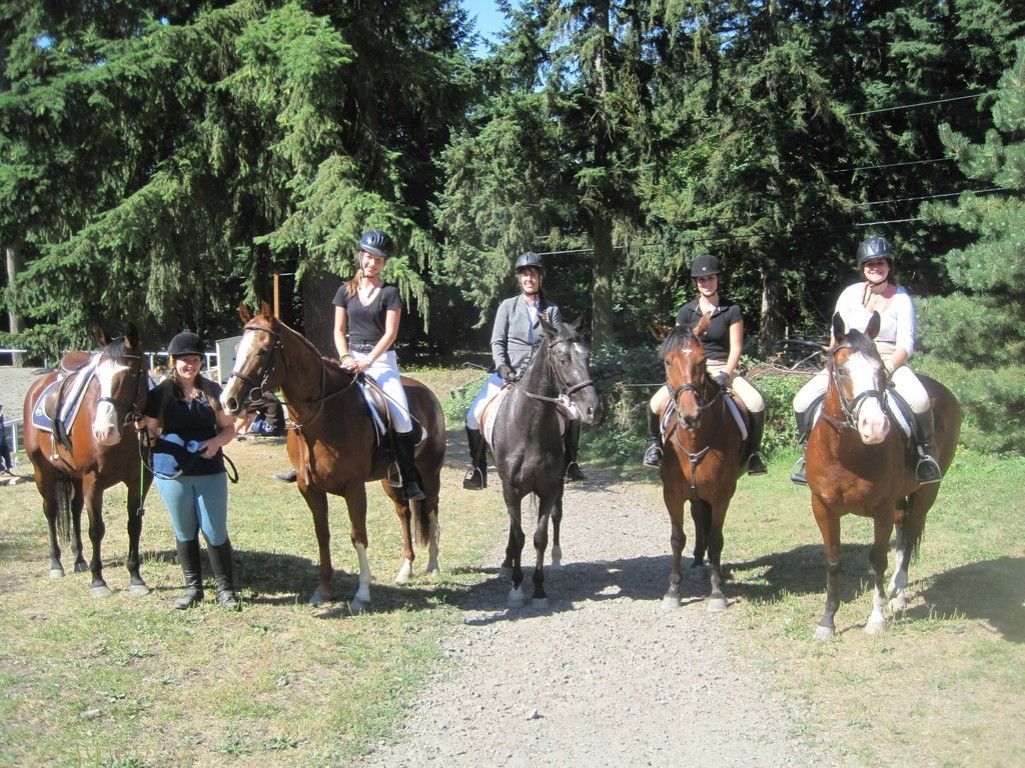Hello, dear readers! Welcome to another edition of my blog, where I share my thoughts and opinions on various topics related to technology, science, and culture. Today, I want to talk about something that fascinates me: the history of AI.
AI, or artificial intelligence, is the field of computer science that aims to create machines or systems that can perform tasks that normally require human intelligence, such as reasoning, learning, decision making, perception, and natural language processing. AI is not a new concept; in fact, it has a long and rich history that spans centuries and continents. Let me take you on a brief tour of some of the milestones and achievements that shaped the development of AI.
The term "artificial intelligence" was coined by John McCarthy in 1956 at a conference at Dartmouth College, where he invited a group of researchers to discuss "the conjecture that every aspect of learning or any other feature of intelligence can in principle be so precisely described that a machine can be made to simulate it". However, the idea of creating intelligent machines dates back much earlier.
One of the earliest examples of artificial intelligence is the mythical automaton Talos, a giant bronze man who guarded the island of Crete in Greek mythology. Talos was said to have a single vein running from his neck to his ankle, filled with a fluid called ichor that gave him life. He could hurl rocks at invaders and heat his body to scorch them with his touch. Talos was created by Hephaestus, the god of fire and metalworking, or by Daedalus, the inventor of the labyrinth.
Another ancient example of artificial intelligence is the mechanical chess-playing Turk, a hoax device that purportedly played chess against human opponents in the 18th and 19th centuries. The Turk was actually operated by a hidden human chess master who controlled the movements of the wooden figure on the board. The Turk amazed and fooled many people, including Napoleon Bonaparte and Benjamin Franklin, who played against it and lost.
In the 20th century, artificial intelligence began to take shape as a scientific discipline, influenced by advances in mathematics, logic, psychology, neuroscience, engineering, and computer science. Some of the pioneers of AI include Alan Turing, who proposed a test to measure machine intelligence (the Turing test); Claude Shannon, who applied information theory to chess-playing programs; Norbert Wiener, who developed cybernetics and feedback systems; Warren McCulloch and Walter Pitts, who modeled neural networks with logic circuits; and Marvin Minsky and John McCarthy, who founded the first AI laboratory at MIT.
AI research flourished in the 1950s and 1960s, producing some remarkable achievements such as:
- Samuel's checkers program, which learned from its own experience and became one of the best checkers players in the world.
- Newell and Simon's Logic Theorist and General Problem Solver programs, which demonstrated reasoning and problem-solving abilities.
- Rosenblatt's perceptron, which showed how a simple neural network could learn to recognize patterns.
- McCarthy's Lisp language, which became the standard programming language for AI.
- Searle's Chinese room argument, which challenged the notion that machines can truly understand natural language.
However, AI also faced some challenges and limitations in this period, such as:
- The combinatorial explosion problem, which made it impractical to search through all possible solutions for complex problems.
- The frame problem, which made it difficult to represent and update knowledge about a changing world.
- The common sense problem, which made it hard to encode all the implicit assumptions and background knowledge that humans use in everyday situations.
- The ethical problem, which raised questions about the moral implications and responsibilities of creating intelligent machines.
These challenges led to a period of reduced funding and interest in AI research in the 1970s and 1980s,
known as the "AI winter". However,
AI did not die; it evolved and diversified into different subfields and applications,
such as:
- Expert systems,
which used rules and facts to emulate human experts in specific domains,
such as medicine,
law,
and engineering.
- Machine learning,
which used statistical methods
and algorithms
to learn from data
and improve performance
without explicit programming.
- Computer vision,
which used image processing
and pattern recognition
to enable machines
to see
and understand visual information.
- Natural language processing,
which used linguistic analysis
and generation
to enable machines
to communicate
and interact with humans
using natural language.
- Robotics,
which used sensors,
actuators,
and control systems
to enable machines
to move
and manipulate objects
in physical environments.
AI research regained momentum
and popularity
in the 1990s
and 200

